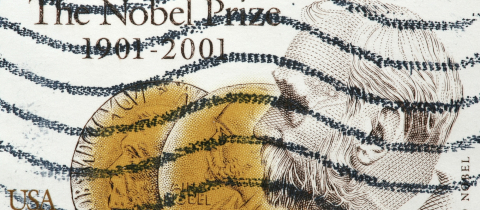Mention the word arsenic and our thoughts immediately turn to poison. But there other interesting connections as well. Arsenic rarely is found in nature in its elemental state, it is found as part of a variety of compounds. One of these, arsenic sulfide, has been known since the fifth century BC. It probably came to people’s attention because of its color. The mineral looks like gold! In all likelihood it was a belief that it did contain gold that led to experimentation with the substance, perhaps in an attempt to extract gold from it. There was no gold to be had but the substance did turn out to be very toxic and became a commonly used tool for professional poisoners.
Early physicians also used small doses of arsenic as a drug to treat a variety of diseases. Arsenic sulfide’s common name is "orpiment," deriving from the Latin root for gold. It also became known as king’s gold or king’s yellow presumably because of numerous attempts to use it to generate gold for kings. This dates back to Aristotle’s belief that metals grew in the ground, a belief that led alchemists to start with impure metals and hasten their conversion to gold by seeding with various substances. The ripening process was thought to be associated with changes in color, just like plants change color as they ripen. Impure metals in the ground were thought to turn into gold over centuries.
Orpiment was an ideal candidate to seed various mixtures because it looked like gold and alchemists believed it was in fact a substance that was on its way to ripening into gold. The preparation of these mixtures and the seeding was usually accompanied by chants, spells and incantations. The real hope was that the result of all this effort would be the production of “aurum potabile” or drinkable gold, a magic elixir that like gold itself would never age, would never corrode. Furthermore, it would also render whoever drank it immortal. But as we know, the alchemists are long dead and we are still looking for the key to immortality.







